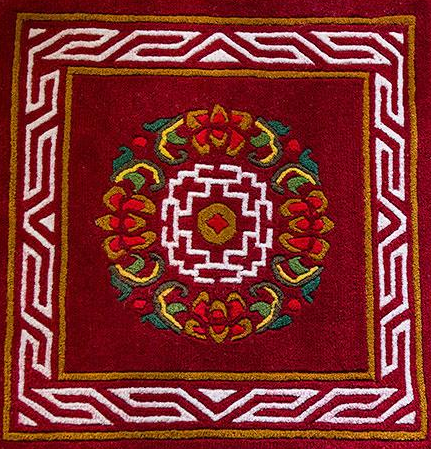“If we do not know the past, we will lose a lot of time finding our way into the future.”
Legends in the Weaving
Laos, once called Lan Xang, “The Land of a Million Elephants”, is a landlocked socialist republic in South East Asia. It is bordered by Myanmar and the People’s Republic of China to the northwest, Vietnam to the east, Cambodia to the south, and Thailand to the west.
Present day, Laos, is a political entity that is home not just to the ethnic Lao people, language or customs, but also to the non-ethnic Lao groups, within Laos. There are 47 officially recognized ethnic groups, some of which consist of only a few hundred people, reportedly speaking over 240 languages, making Laos one of South East Asia’s most ethnically diverse countries. As Yves Goudineau writes in the book, Laos and Ethnic Minority Cultures, it is quite clear to every observer that Laos owes part of its cultural wealth to the unique diversity which resides in the bosom of the different populations that have settled on its present territory down the ages, bringing with them a mix of languages, beliefs and aesthetic traditions. Side by side with Lao culture as such, the very many ethnic minorities that are an important part, close on half of the population of the Lao Peoples Democratic Republic (numbering some 5 million persons living in an area comparable to that of the United Kingdom) have engendered a considerable number of local cultures that have retained their vigour despite the vagaries that the region has known throughout its history.
